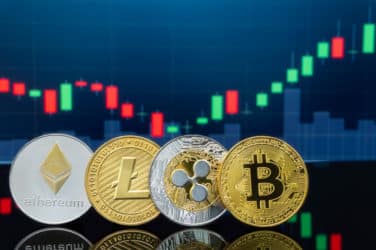Is the debate about market data costs overblown?
Yes, says Nasdaq Chief Economist Phil Mackintosh. In a blog post published Thursday, Mackintosh noted that as a percentage of end-user investors’ overall costs, exchanges represent a small fraction of what investment management, fund expenses and trading impact cost, and it’s even less than half of regulatory costs.
All-in exchange costs, including data fees, snip 0.001% off the annual return of mutual-fund investors, according to Nasdaq estimates. That’s $0.10 from every $10,000 in return.
“Exchange costs are not a significant drag on investor returns,” Mackintosh said. “Some would say they aren’t even a rounding error.”
Market data has been a contentious issue for years. Market participants say exchanges behave monopolistically and charge too much; exchanges say their fees reasonably reflect their own technology costs, and the data market is a competitive one.
Mackintosh said criticism of exchange data costs is typically light on supporting data, so he dug into the numbers for the $17 trillion in investor-owned mutual fund assets. Five major types of costs were assessed: investment advisors, mutual fund expenses, trading impact, and commissions and regulatory.
Investment advisor fees trim an average 1.02% from investors’ annual returns, or about $102 per $10,000 in return; fund expenses weigh in at 0.55%, or $55; trading impact is 0.19%, or $19; and commissions are 0.08%, or $8.
Mackintosh noted that costs are not necessarily “bad” for investors. “Managing investments is not cost-free; even those low-priced index funds need a portfolio manager, custodian and accountants to calculate year-end distributions.”
After the main investor expenses, fees associated with the SEC and FINRA regulatory bodies are 0.002%, as are fees from the industry data utility SIP. Each of those skim $0.20 off $10,000 in investor return, or double that of exchange costs.
“Looking at all of these, it certainly puts exchange costs in context, and hopefully encourages a more data-driven debate,” Mackintosh said. “Exchange and SEC fees are a small part of the total equation. This is especially noteworthy considering the important role of exchanges in bringing companies to market, regulating the market and supervising trading, which provides the returns that help secure the retirement if U.S. workers.”







